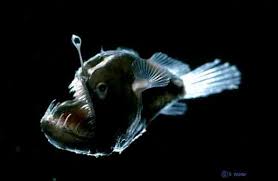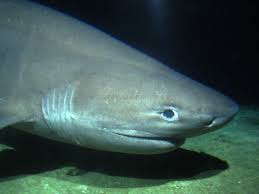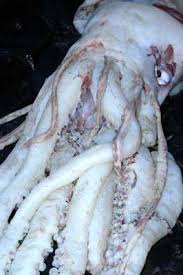Team members
Names / Roles:
- [Nicole] (Leader)
- [Qi Wen] (Wiki Writer)
- [Alvin] (Researcher)
- [Ammar] (Researcher)

Overview
In this presentation we will talk about:
- the location which is the deep sea
- the physical factors of the deep sea
- the classification of living things in the deep sea (richness of living organisms)
- the interrelationship in the ecosystem
AVAILABILITY OF LIGHT SOURCE IN THE DEEP SEA.....
The deep sea is located at the Bathypelagic zone. Its at a depth of 1000 fathoms (1800 metres) or more. Natural light does not penetrate this zone. Since there is no light photosynthesis cannot take place, animals living there have to depend on another source of food.
Creatures such as:


Temperature of the ecosystem........
The temperature of the deep sea is around 4-8 degrees Celsius. The temperature of the sea decreases as the depth of the sea increases.

Quality of water in the ecosystem......
The seawater is mixed with salt and other minerals such as iodine
Salinity of the water in the ecosystem......
The salinity of the deep sea is remarkably constant. There are only minor differences in salinity.
Quality of the air in the ecosystem......
The quality of air is bad because seldom plants produce oxygen for the animals living in the deep sea.
pH of the ecosystem......
pH means -log of hydrogen ion concentrate in a water-based solution. The pH of the deep sea is no more than 7.9.
Availability of nutrients and mineral salts.......
There is very little nutrients and mineral salts in the deep sea due to the absentees of plants.
Producers:all different types of corals

Primary consumers: phytoplankton,zooplankton
 (Phytoplankton)
(Phytoplankton)
 (zooplankton)
(zooplankton)
Secondary consumers:sharks,seals,sea otters


Tertiary consumers:killer whales
Decomposers:bacteria and fungi

1. Predator-prey relationship: Squid ------> Anglerfish

2. Parasitism: Intestinal worms living in whales

3. Mutualism: The anemones settle on the snail's back


Useful Links
Plagarism is a strongly discouraged.
Include the links of all websites you obtained information from to complete your ecology wiki.
For example:
Wild World @ nationalgeographic.com ( http://www.nationalgeographic.com/wildworld/terrestrial.html )
- [flickr] (www.flickr.com/)
Comments (3)
Mr Zaid said
at 11:03 am on Mar 14, 2013
Hi Group 7, well done for starting off the group project. Nice picture of the corals and banner fishes, but are they relevant to your topic of deep sea? Can you be more specific in defining your ecosystem? Perhaps adding a map could give a better idea of the region you are looking into. Hope to see interesting classification of organism and interrelationship in your ecosystem.
2013class1e3group7 said
at 2:55 pm on Mar 19, 2013
noted Mr Zaid and thanks for the comment :)
2013class1e3group7 said
at 4:32 pm on Apr 2, 2013
mr zaid is this better????
You don't have permission to comment on this page.